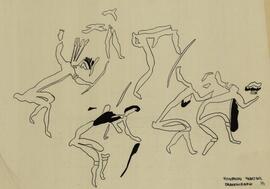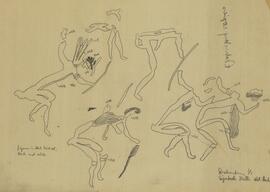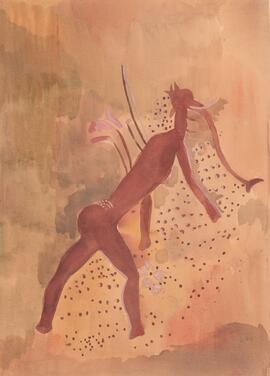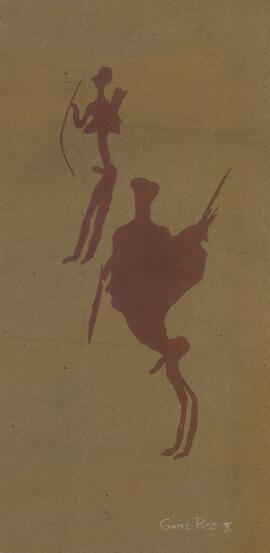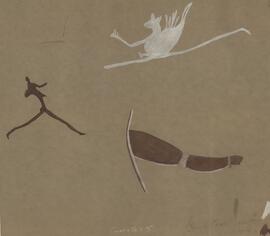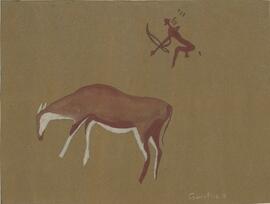Elements area
Taxonomy
Code
Scope note(s)
Source note(s)
Display note(s)
Hierarchical terms
KwaZulu-Natal
BT South Africa
KwaZulu-Natal
- NT Alfred
- NT Alicedale I 11464
- NT Alicedale II 11464
- NT Anchor Shelter I
- NT Apollo Shelter I
- NT Arena Shelter I
- NT Bantu Shelter I
- NT Bee Shelter I
- NT Bemani Shelter II
- NT Bergville
- NT Bergville and Phuthaditjhaba
- NT Big Brother Shelter I
- NT Big Buck Shelter I
- NT Blob Rock I
- NT Bramble Shelter I
- NT Buck Head Shelter I
- NT Bundoran I 6103
- NT Bundoran II 6103
- NT Busingatha
- NT Cascade I
- NT Cascade II
- NT Cascade Rock I
- NT Cathedral Shelter I
- NT Cave Spruit I
- NT Cave-In Shelter I
- NT Cedarville
- NT Cedarville and Kokstad
- NT Cedarville and Matatiele
- NT Censored Shelter I
- NT Charlestown and Clavis
- NT Cleopatra I
- NT Cliff Path Shelter I
- NT Colenso
- NT Corner Shelter I
- NT Cube Rock I
- NT Cube Shelter I
- NT Dannhauser
- NT Dartmoor I 7421
- NT Dartmoor II 7421
- NT Dartmoor III 7421
- NT Dartmoor IV 7421
- NT Dash Rock I
- NT Dirks Rock I
- NT Driefontein
- NT Dundee
- NT Estcourt
- NT Evening Shelter I
- NT Feast Shelter I
- NT Flake Shelter I
- NT Forgotten Valley I
- NT Forgotten Valley II
- NT Forgotten Valley III
- NT FP 36 7648
- NT Franklin
- NT Franklin and Kokstad
- NT Game Pass I 7240
- NT Game Pass I E 5596
- NT Game Pass II 7240
- NT Game Pass II E 5596
- NT Game Pass III 7240
- NT Game Pass IV 7240
- NT Game Pass V 7240
- NT Game Pass VI 7240
- NT Game Pass VII 7240
- NT Gladstone’s Rock I
- NT Gone-By Shelter I
- NT Green Leopard Shelter I
- NT Greg's Grotto I
- NT Greyia Shelter I
- NT Grindstone Shelter I
- NT Guirreiros Shelter I
- NT Hewson's I
- NT Heywood's Hollow I
- NT Hillside Camp I
- NT Hiltop II 7425
- NT Himeville
- NT Hlabisa
- NT Honey Shelter I
- NT Horn River I
- NT Horns Shelter I
- NT Hotel-View Shelter I
- NT Ixopo
- NT Kamberg Nature Reserve I
- NT Kamberg Nature Reserve II
- NT Kamberg Nature Reserve III
- NT Kamberg Nature Reserve IV
- NT Kamberg Nature Reserve V
- NT Kamberg Nature Reserve VI
- NT Kliprivier
- NT Knee Shelter I
- NT Kranskop
- NT Kwadlamini
- NT Ladder Rock I
- NT Ladysmith
- NT Lesca Shelter I
- NT Lion Rock I
- NT Lions River
- NT Loft Shelter I
- NT Long Bow Shelter I
- NT Lonyana Rock I
- NT Louis Daal I 7578
- NT Lower Tugela
- NT Lower Umfolozi
- NT Lowmoor I 9181
- NT Lowmoor II 9181
- NT Lowmoor III 9181
- NT Mabhija I
- NT Mahlabatini
- NT Malungana I 11460
- NT Malungana II 11460
- NT Mantonto I
- NT Mantonto II
- NT Mantonto III
- NT Michaels Shelter I
- NT Mid-Pass Shelter I
- NT Moon Rock I
- NT Mosquito Shelter I
- NT Mount Currie
- NT Mpendle
- NT Msinga
- NT New Hanover
- NT Newcastle
- NT Ngagane and Newcastle
- NT Ngotshe
- NT Nkandla
- NT Nkwazi I
- NT Nkwazi II
- NT Nkwazini I
- NT Normanby I
- NT Nqutu
- NT Ntabamyana I
- NT Nutall’s Shelter I
- NT Old Master Shelter I
- NT Ox Shelter I
- NT Paintshop Shelter I
- NT Pass By Shelter I
- NT Pass Shelter I
- NT Paulpietersburg
- NT Pfleger´s Rockface I
- NT Phuthaditjhaba and Bergville
- NT Pietermaritzburg
- NT Pigeon Shelter I
- NT Pitfall Shelter I
- NT Plantation Shelter I
- NT Pluto Stream I
- NT Poacher's Cave I
- NT Polela
- NT Port Shepstone
- NT Pot Hole Shelter I
- NT Quins Shelter I
- NT Raimars Shelter I
- NT Road Shelter I
- NT Rock Floor Shelter I
- NT Scratch Shelter I
- NT Serpent Shelter I
- NT Shayake I
- NT Shield Shelter I
- NT Silver Hill I
- NT Single Man Shelter I
- NT Siphiwe's Rock I
- NT Slit Shelter I
- NT Sonia Falls I
- NT Spilsbury Slide I
- NT Spoor Shelter I
- NT Stable Cave I
- NT Stags I 13409
- NT Stanger
- NT Stertriemfontein I 1342
- NT Store Shelter I
- NT Stream Rock I
- NT Suncliff I
- NT Sunny Shelter I
- NT Tambo's Rock I
- NT Tavern Shelter I
- NT The Devil's Dyke I 9182
- NT The Krantzes I
- NT The Krantzes II
- NT The Krantzes III
- NT The Krantzes IV
- NT Thursby I
- NT Trial Shelter I
- NT Tske-Tske Rock I
- NT Umgobo Rock I
- NT Umvoti
- NT Underberg
- NT Utrecht
- NT Vryheid
- NT Waschbank I
- NT Weenen
- NT White Cliff Shelter I
- NT White Head Shelter I
- NT Winter Shelter I
- NT Wuthering Heights I 10079
- NT Wuthering Heights II 10079
- NT Yellow Ant Shelter I
- NT Yellow Wood Shelter I
